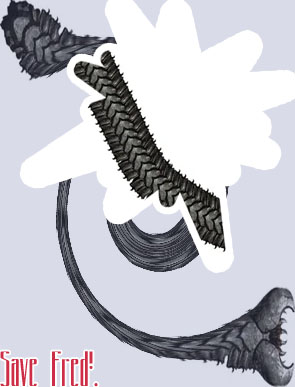

- Law definition science
- Stem activities space
- Bio science meaning
- Stem grants
- What are some good science fair projects for 6th graders
- Kindergarten science fair projects
- Easy stem projects
- Chemistry meaning in science
- Stem science for preschoolers
- Stem programs near me
- Actuarial science and mathematics
- Science and engineering
- Science technology and engineering
- Meaning of materials in science
- Astronomy science fair projects
- Stem science
- Math and science summer programs
- Actuarial science course
- Easy science fair projects
- Good science fair projects
- Mathematics for social science
- Science exhibition board decoration
- Science projects for class 7 working models
- Science grants for schools
- Physical science definition
- Geodesic dome science fair project
- What is stem field in science
- Science and technology
- Science fair projects for class 10
- Science fair chemistry projects
- Stem
- Science fair projects
- Stem science projects
- Biology working models for science exhibition
- Stem life science
- Kitchen science experiments
- The academy of motion picture arts and sciences
- Night life academy of sciences
- Elementary science projects
- Organic definition in chemistry
- Baseball science fair projects
- Coding science fair projects
- Academy of science
- Science fair baking projects
- University of agriculture science
- Life meaning in science
- Science fair volcano
- Master of science in finance stem
Dancing worms experiment
Tools and Information
Honestly, I can’t emphasis enough how much Bumble Bee loved this activity. “What lives in dirt?” might seem like an obvious question to us, but Bumble Bee loved being able to verify her hypothesis (that worms live in dirt) for herself. She did sometimes ask for help with the digging part (perhaps our spade was a little big for her), but she really loved sorting methodically through the dirt to see if there were any worms in that particular load. When our sheet was too full of dirt, we emptied the ‘old’ dirt back into the same patch of garden and started digging again. Liquid worms science experiment Also people don’t think about the fact that they are they are vital in the food chain. So many different animals actually rely on earthworms as a source of food. So they are hugely, hugely important animals for all of us. And yet people don’t really give them a second thought! So start giving a bit more love to the humble earthworm!
Saving fred stem activity
In this activity, the sodium alginate immediately changes from a liquid to a solid when it contacts the calcium chloride solution. The calcium (Ca++) ions replace the sodium (Na+) ions and link the polymer chains together — much like the rungs of a ladder link the two sides. The result does not dissloves (is insoluble) in the calcium chloride solution. The squishy stuff inside the ''worms'' is unreacted sodium alginate. If you leave the worm in the solution longer, more calcium ions will react and the worm's ''skin'' will get thicker. How to Make Frankenworms Dance The only thing I foresee as being difficult with this experiment is keeping enough gummie worms for the experiment when I show it to my son. Oh well I guess I will just have to buy two bags of worms. It would just be mean to tell him no he cannot have any worms to nibble on in the name of science.
What’s the science behind the dancing gummy worms?
The version of the experiment is described using a small flask (250 mL). The large-scale version presented by Steve Spangler for television used a 5L flask. If you’re wishing to do the large version, just adjust the proportions as needed. Can You Save Fred? All earthworms, not just jumping worms, can harm forests by changing the soil structure and forest floor vegetation. Their feeding can result in a loss of soil moisture, compacted soil, exposed roots, erosion and an increase of pathogens and non-native plants. The result is less diversity of native plants and animals in delicate forest ecosystems.